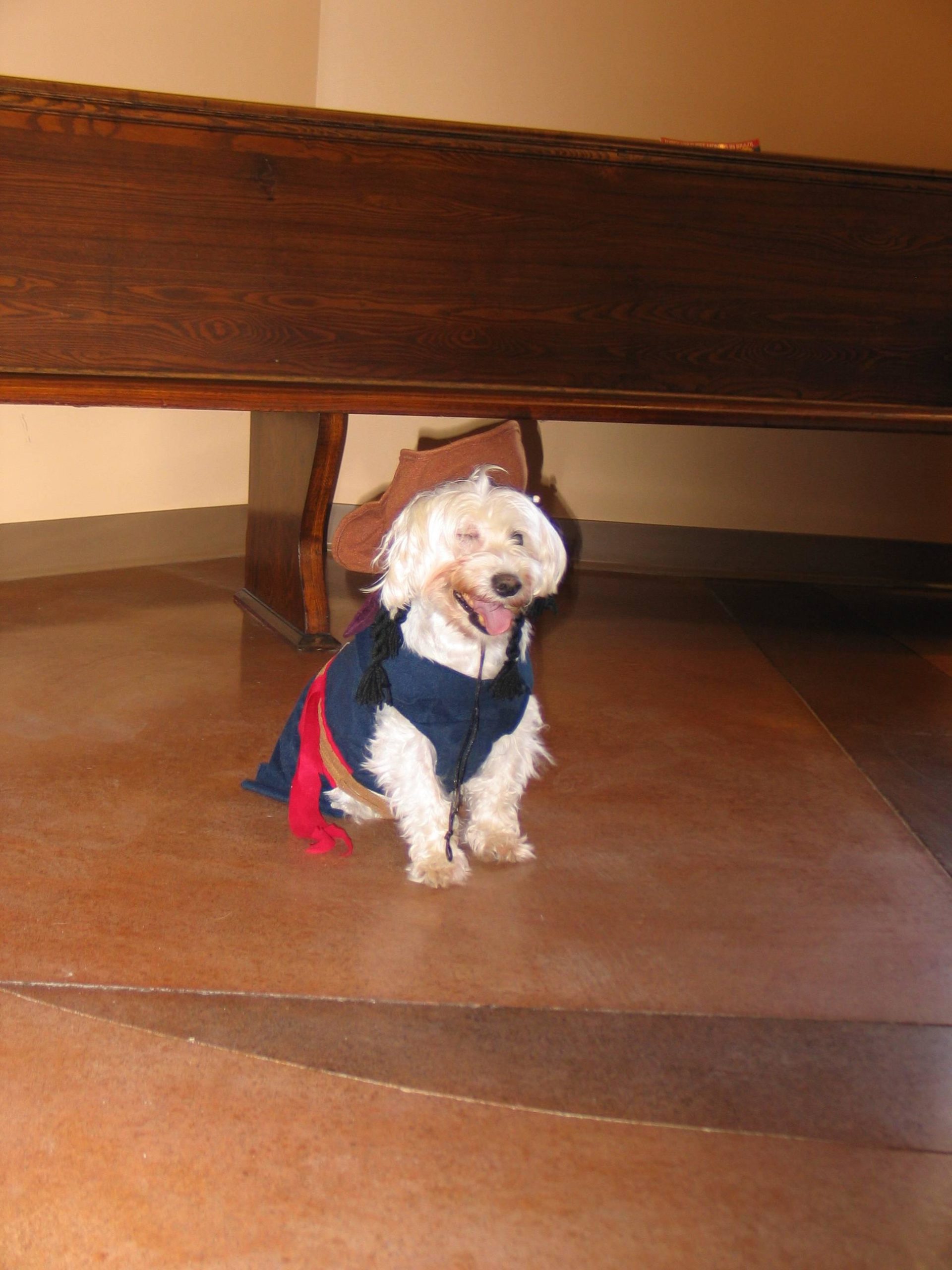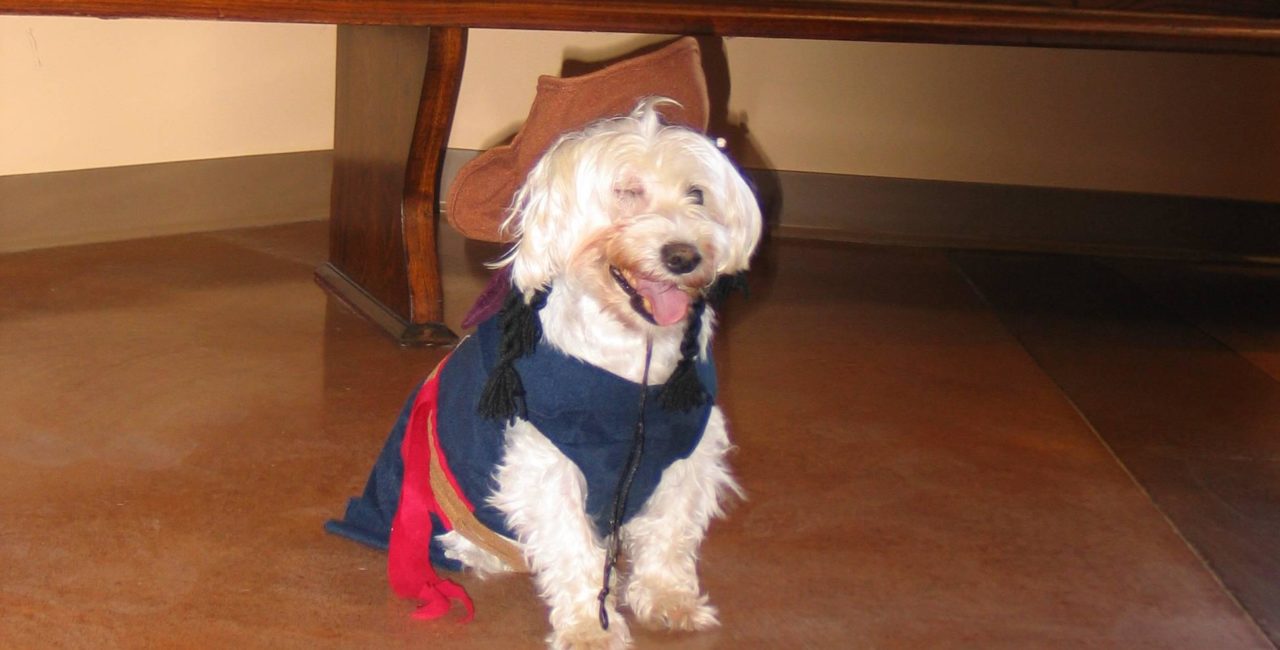Whether you believe they are “windows to the soul” or just a convenient place to put make-up, eyes are delicate and can be quickly blinded by trauma or disease.
If your dog or cat is limping, off food or a bit listless you might be tempted to take the “wait and see” approach for a day or two. Obviously, as a vet, I must encourage you to get a professional assessment as soon as possible, but we all procrastinate with ourselves, our children and, yes, our pets at times. Just please don’t do it with eyes.
A red, painful eye, especially one that’s being held shut at all is an emergency. I’ve seen ulcers on the outer membrane of the eye — the cornea — that went from normal to beyond help in a matter of 12 hours. As a large-animal ward technician during my student years at the Ontario Veterinary College, we treated horses with corneal ulcers that were receiving medication every hour around the clock and still some had to have the diseased eye removed.
Dogs get many of the same eye diseases as people although the underlying cause and response to treatment is often different between the two species. For example, glaucoma in dogs is very hard to control with medication. I believe medical therapy is more successful in humans. My step-mum has been using drops for her glaucoma for years. Unfortunately, in dogs unless the cause can be found and cured (sometimes with surgery), we often have to remove the eye to control pain. Glaucoma is basically the presence of excessive pressure inside the eye and it can build up very quickly. A day’s delay can easily mean the difference between saving the eye and losing it. Emergency!
It seems another way dog eyes are different from humans is associated with risk of damage. We see a lot more scratches, punctures and abrasions of the cornea than your average human GP. I guess that may not be so true in a paediatric practice since children are at least as rambunctious as your average Jack Russell Terrier.
Once the cornea is damaged, it doesn’t take long before bacteria infiltrate and the problem gets rapidly worse. There’s also a strong urge to rub the eye and that extra trauma can be disastrous, especially if there’s a piece of a stick or other foreign object embedded in the cornea. Put an Elizabethan collar (commonly called the Cone Of Shame) or a makeshift alternative, such as a bucket, on the dog’s head right away. Flush the eye with lots of warm water and, if you have any kind of non-medicated eye lubricant (artificial tears), apply a drop every hour or so until you can get to your veterinarian. Emergency!
All that said, if worst comes to worst, please consider having a blind, painful eye removed. It’s a difficult decision for many of our clients, but the alternatives of the dog living in pain or being euthanized are really poor second choices. Even a dog that has no eyes at all can live quite happily if care is taken to avoid moving furniture or otherwise changing the environment.
People can’t begin to imagine the degree to which dogs rely on their senses of smell and hearing to augment sight. They can depend on those extra senses a great deal if sight is gone.
Here is a helpful resource for dealing with blind dogs https://www.blinddogs.net and one about the enucleation procedure Surgical removal of the eye .
The picture above is of one of our most beloved patients, Piper Bush, who recently succumbed to the complications of diabetes after living happily for years with the blindness caused by cataracts. Despite fast action by his incredibly caring family, Piper had to have an eye removed some years ago. We miss you Piper.
Dr. Fiona Gilchrist
Hillcrest Animal Hospital
September 2011




